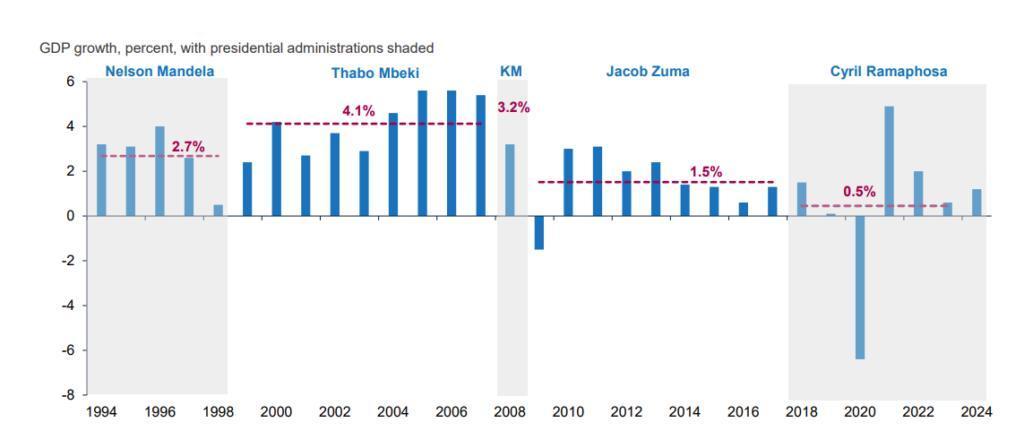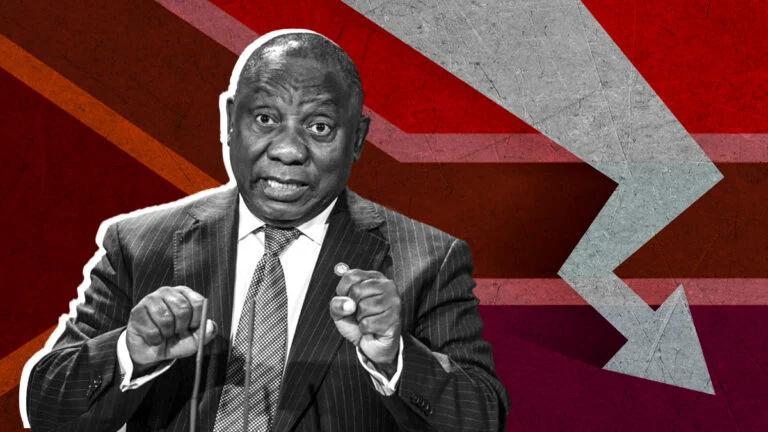Africa-Press – South-Africa. President Cyril Ramaphosa said the economy is where it is today because the Apartheid government crippled it.
Ramaphosa made these comments at the Department of Trade, Industry and Competition’s Worker Share Ownership Conference at the Sandton Convention Centre.
Ramaphosa told delegates that pre-1994, Black South Africans were deliberately excluded from meaningfully participating in the economy.
“We enabled this economy to operate not on all cylinders. If a car has six cylinders, it was only operating on two,” he said.
Had South Africa’s economy operated on all cylinders, it would have been far bigger, it would have grown faster, and it would have created more jobs, he said.
“Through that, we would have fostered competition, and competition is good. It creates companies which can innovate and create more jobs,” he said.
“Our economy was deliberately crippled and kept stagnant by the exclusion of the majority of our people,” he said.
“That is why our economy is where it is today. Many people don’t reflect on how our economy was crippled by not enabling it to operate on all cylinders.”
Ramaphosa also praised broad-based black economic empowerment (BEE) as a transformative piece of legislation.
He said this legislation began the process of transforming the economy and the patterns of ownership.
However, despite progress through BEE, Ramaphosa said there was still much to do to address inequality and concentrated ownership.
“The South African economy is hamstrung by the concentration of ownership and, in part, opportunity,” he said.
He said a good measure of the success of economic transformation is the ratio of ownership among black and female South Africans.
Economic growth under different presidents
In the first decade after democracy, South Africa’s economy flourished with growth of 2.7% annually under Nelson Mandela and 4.1% under Thabo Mbeki.
However, things went South under the Jacob Zuma administration and became even worse under Ramaphosa.
The economy’s annual average growth rate was 1.0% between 1985 and 1990, falling to 0.2% between 1990 and 1994.
The ANC government inherited a broken economy with rising debt and a weakening currency. Simply put, South Africa was heading for bankruptcy.
Former presidents Mandela and Mbeki focussed on creating and implementing a policy framework to reduce government debt and grow the economy.
They planned to gradually reduce the fiscal deficit, avoid a debt trap, and limit any real increase in recurrent government expenditure.
The Mandela administration stabilised the economy and achieved a steady growth rate of 2.7%.
South Africa’s economy flourished under Thabo Mbeki. The government ran consistent budget surpluses, and the economy grew strongly at an annual rate of 4.1%.
Things changed quickly after Zuma dethroned Mbeki as ANC President. Pravin Gordhan took over from Manuel as Finance Minister, after which government spending spiked.
South Africa’s strong GDP growth during the Mbeki era stopped, and the country’s debt rapidly increased.
The trend accelerated under Ramaphosa’s presidency despite rhetoric from the president and finance minister pledging fiscal discipline.
The graph below shows the economic performance of South Africa under the five presidents it has had in the democratic era.

For More News And Analysis About South-Africa Follow Africa-Press






